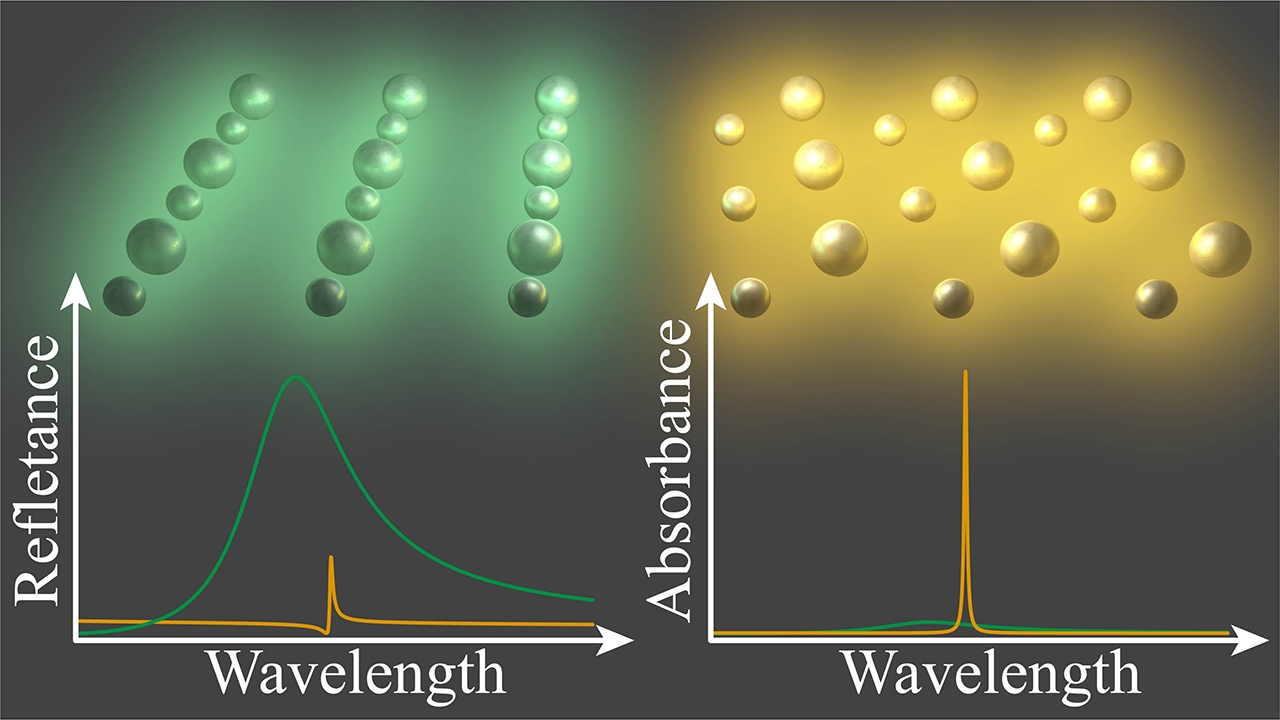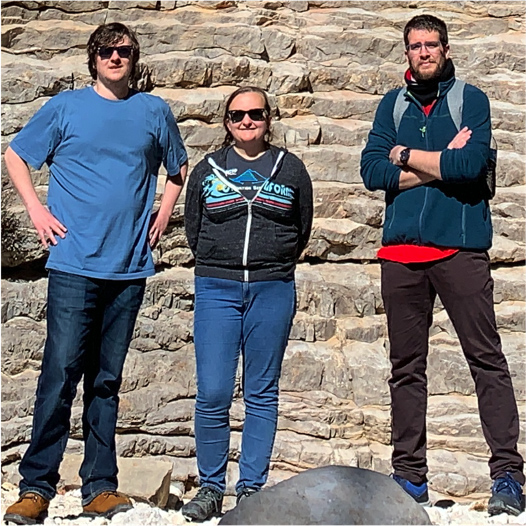New Advancement in Nanophotonics Has the Potential to Improve Light-based Biosensors
September 2, 2020

Scientists led by Assistant Professor of Physics Alejandro Manjavacas from the Theoretical Nanophotonics Group and

L-R: Stephen Sanders, Lauren Zundel, and Alvaro Cuartero-González
Antonio Fernández-Domínguez from the Autonomous University of Madrid (UAM) in Spain have published a new study they say could contribute to faster and more effective testing for viruses like SARS-CoV-2. Their work, titled Super- and Subradient Lattice Resonances in Bipartite Nanoparticle Arrays, was published in the journal ACS Nano.
This exciting work involved a combination of semi-analytical calculations and rigorous numerical simulations, carried out through the synergistic collaboration of lead author UAM graduate student Alvaro Cuartero-González, who visited UNM between September 2019 and February 2020, as well as UNM Physics grad students Stephen Sanders and Lauren Zundel.
For more information:
See the article from the UNM Newsroom: New advancement in nanophotonics has the potential to improve light-based sensors
See the article in Photonics Media: Periodic Array System Potential Supports Nanophotonic Applications
